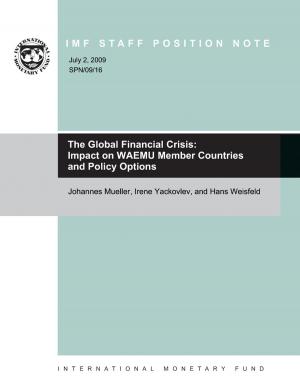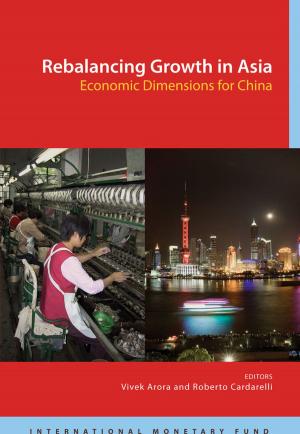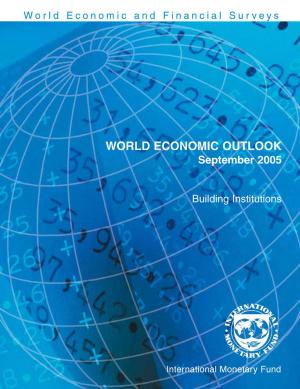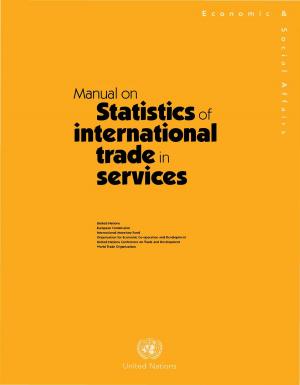Global Financial Stability Report, October 2016
Fostering Stability in a Low-Growth, Low-Rate Era
Business & Finance, Economics, International Economics, Finance & Investing, Banks & Banking, Finance| Author: | International Monetary Fund. Monetary and Capital Markets Department | ISBN: | 9781475538472 |
| Publisher: | INTERNATIONAL MONETARY FUND | Publication: | October 5, 2016 |
| Imprint: | Language: | English |
| Author: | International Monetary Fund. Monetary and Capital Markets Department |
| ISBN: | 9781475538472 |
| Publisher: | INTERNATIONAL MONETARY FUND |
| Publication: | October 5, 2016 |
| Imprint: | |
| Language: | English |
The current report finds that short-term risks to global financial stability have abated since April 2016. The rise of commodity prices from their lows, along with the ongoing adjustments in emerging markets, has supported a recovery in capital flows. In advanced economies, weaker growth has been mitigated by the prospect of further monetary accommodation. Despite this decrease in short-term risk, the report finds that medium-term risks continue to build. The political climate is unsettled in many countries, making it more difficult to tackle legacy problems. Financial institutions in advanced economies face a number of structural and cyclical challenges. Corporate leverage in emerging markets remains high and would fall only gradually under the report’s baseline scenario. Policymakers need a more potent and balanced policy mix to deliver a stronger path for growth and financial stability. There is an urgent need to raise global growth, strengthen the foundations of the global financial system, and bolster confidence. The report also examines how the rise of nonbank financing has altered the impact of monetary policy and finds that the fears of a decline in the effectiveness of monetary policy are unfounded. It appears that the transmission of monetary policy is in fact stronger in economies with larger nonbank financial sectors. Finally, the report examines the link between corporate governance, investor protection, and financial stability in emerging market economies. It finds that the improvements over the past two decades have helped bolster the resilience of their financial systems. These benefits strengthen the case for further reform.
The current report finds that short-term risks to global financial stability have abated since April 2016. The rise of commodity prices from their lows, along with the ongoing adjustments in emerging markets, has supported a recovery in capital flows. In advanced economies, weaker growth has been mitigated by the prospect of further monetary accommodation. Despite this decrease in short-term risk, the report finds that medium-term risks continue to build. The political climate is unsettled in many countries, making it more difficult to tackle legacy problems. Financial institutions in advanced economies face a number of structural and cyclical challenges. Corporate leverage in emerging markets remains high and would fall only gradually under the report’s baseline scenario. Policymakers need a more potent and balanced policy mix to deliver a stronger path for growth and financial stability. There is an urgent need to raise global growth, strengthen the foundations of the global financial system, and bolster confidence. The report also examines how the rise of nonbank financing has altered the impact of monetary policy and finds that the fears of a decline in the effectiveness of monetary policy are unfounded. It appears that the transmission of monetary policy is in fact stronger in economies with larger nonbank financial sectors. Finally, the report examines the link between corporate governance, investor protection, and financial stability in emerging market economies. It finds that the improvements over the past two decades have helped bolster the resilience of their financial systems. These benefits strengthen the case for further reform.















